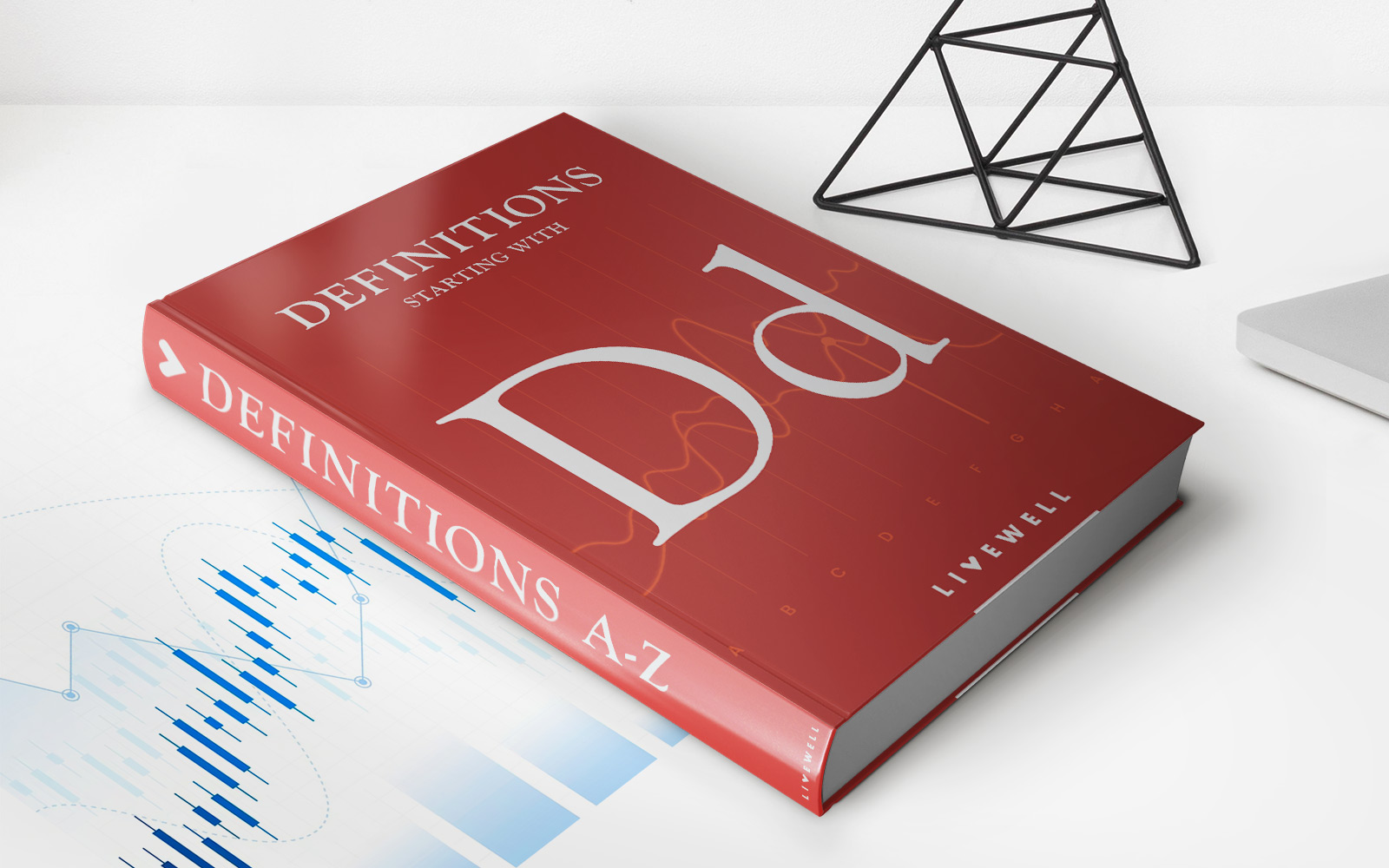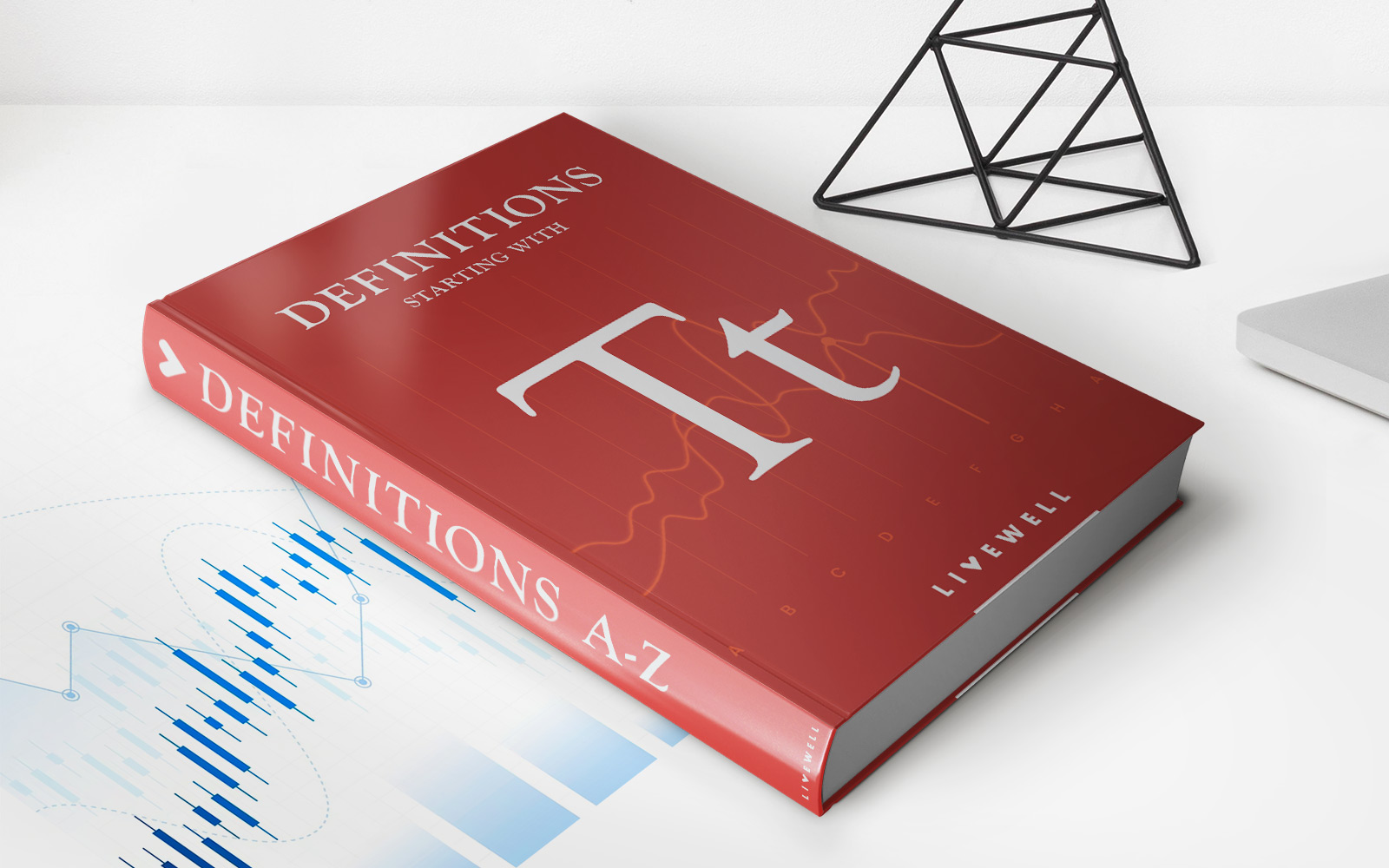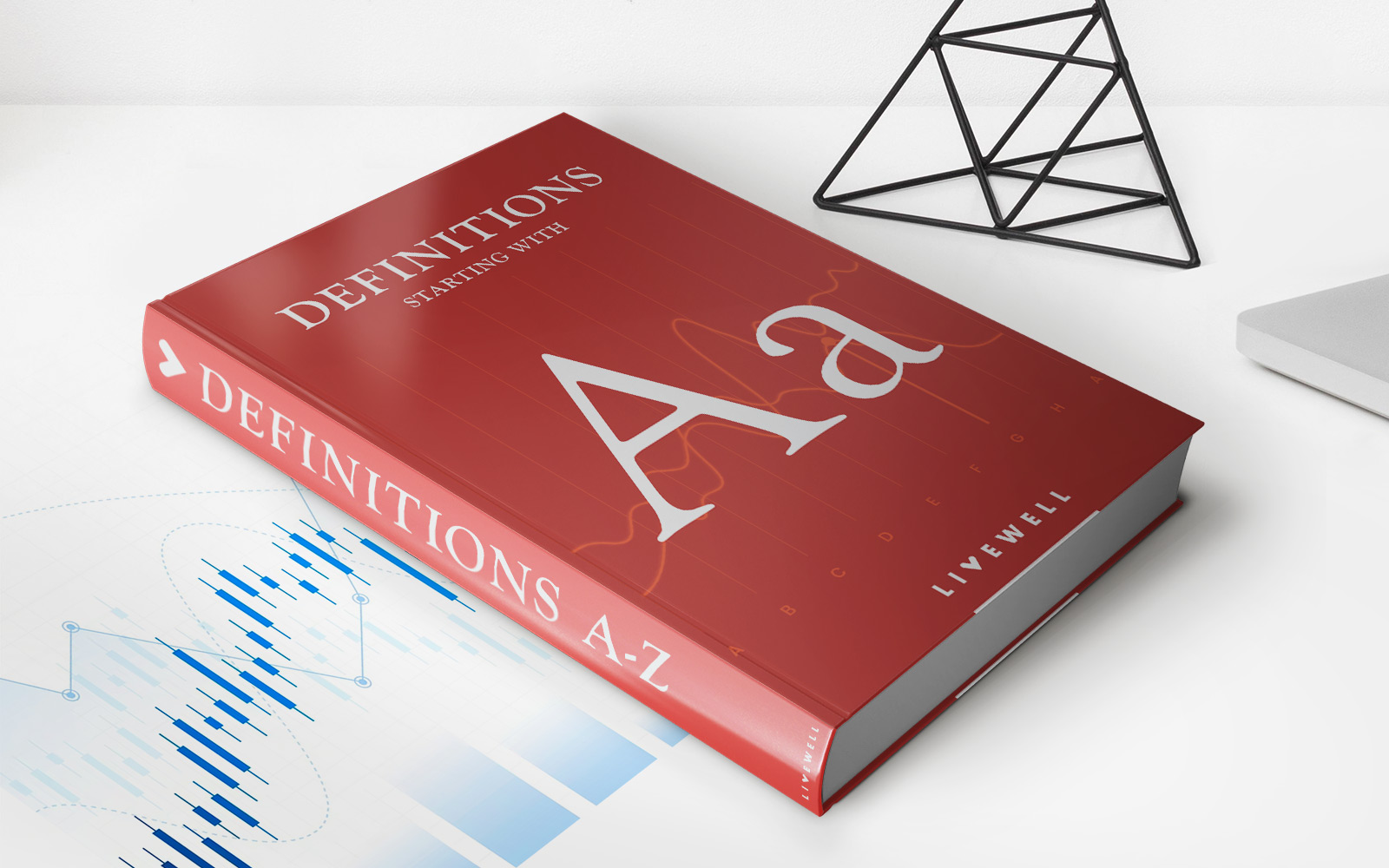Home>Finance>Clawback: Definition, Meaning, How It Works, And Example


Finance
Clawback: Definition, Meaning, How It Works, And Example
Published: October 27, 2023
Learn all about clawback in finance, including its definition, meaning, how it works, and an example. Discover how this concept can impact your financial transactions.
(Many of the links in this article redirect to a specific reviewed product. Your purchase of these products through affiliate links helps to generate commission for LiveWell, at no extra cost. Learn more)
Clawback: Definition, Meaning, How It Works, and Example
If you’re interested in the world of finance, you may have come across the term “clawback.” But what exactly does it mean? In this blog post, we’ll explore the definition and meaning of clawback, how it works, and provide you with a real-life example to help you understand its implications. So, let’s dive in!
Key Takeaways:
- Clawback is a legal provision that allows a party to recover previously paid funds or assets.
- It is commonly used in financial transactions, such as executive compensation or investments, to protect stakeholders’ interests.
What is Clawback?
Clawback refers to a provision in a contract or agreement that allows one party to reclaim funds or assets that have already been disbursed. This provision acts as a safety net to safeguard the interests of stakeholders in various financial transactions.
Typically, clawbacks are used in situations where there has been a breach of contract, misconduct, or financial harm caused by one party. It enables the harmed party to recover the funds or assets that were previously transferred to the other party.
Clawback provisions are commonly seen in executive compensation agreements, partnerships, investments, and government regulations. By implementing these provisions, organizations and institutions can hold individuals accountable for their actions and ensure that the appropriate parties are compensated in the event of a breach or negative outcome.
How Does Clawback Work?
To understand how clawbacks work, let’s consider an example involving executive compensation. Imagine a scenario where a company’s CEO receives a generous bonus based on the company’s financial performance. However, it is later discovered that the financial statements were manipulated to artificially boost profits.
In this case, the company can invoke a clawback provision to reclaim the bonus paid to the CEO. The clawback may also extend to previously given stock options or other forms of compensation. This not only helps to rectify the financial harm caused but also acts as a deterrent for executives engaging in fraudulent practices.
It’s worth mentioning that clawback provisions can vary in their terms and conditions. Some clawbacks may have a time limit, allowing parties to reclaim funds within a specific period after the discovery of misconduct. Others may be triggered by specific events, such as bankruptcy or the failure to achieve agreed-upon performance goals.
Example of Clawback in Action
A classic example of a clawback provision in action is seen in the aftermath of the global financial crisis of 2008. Many financial institutions were bailed out by governments using taxpayer money to prevent a collapse of the banking system.
As part of these bailouts, clawback provisions were introduced to recover excessive executive bonuses and other compensation paid to individuals responsible for the financial misconduct that led to the crisis. By doing so, governments attempted to hold those accountable for their actions and mitigate public outrage.
This example highlights how clawbacks can be an effective tool in encouraging responsible behavior in the financial industry and ensuring that those who contributed to a crisis are held responsible for their actions.
Conclusion
In conclusion, clawback provisions are an essential mechanism used in finance to safeguard the interests of stakeholders and hold parties accountable for their actions. By allowing for the recovery of funds or assets that were previously disbursed, clawbacks help to rectify financial harm and discourage fraudulent practices. Whether in executive compensation, partnerships, or government regulations, clawbacks play a vital role in maintaining integrity and fairness in the world of finance.














